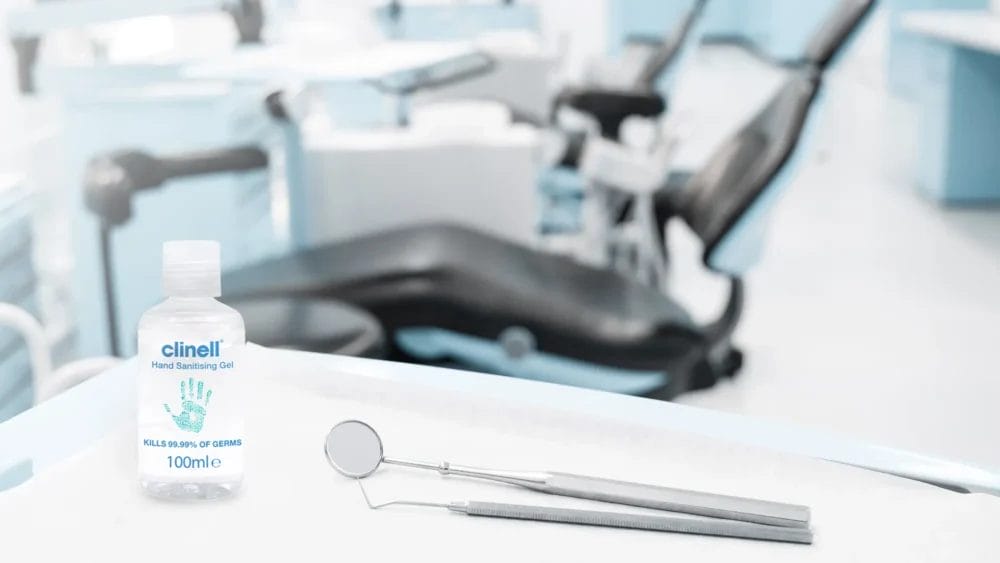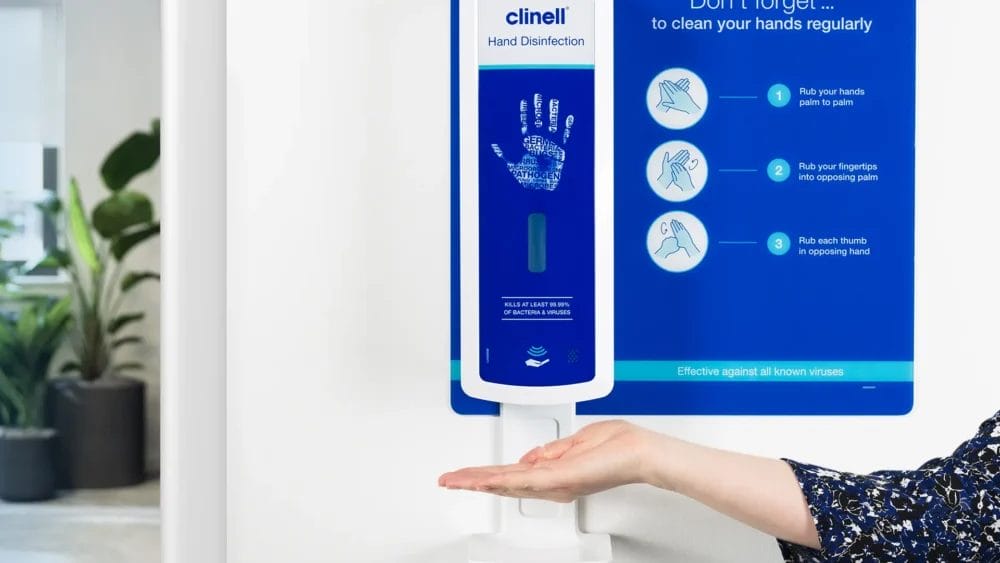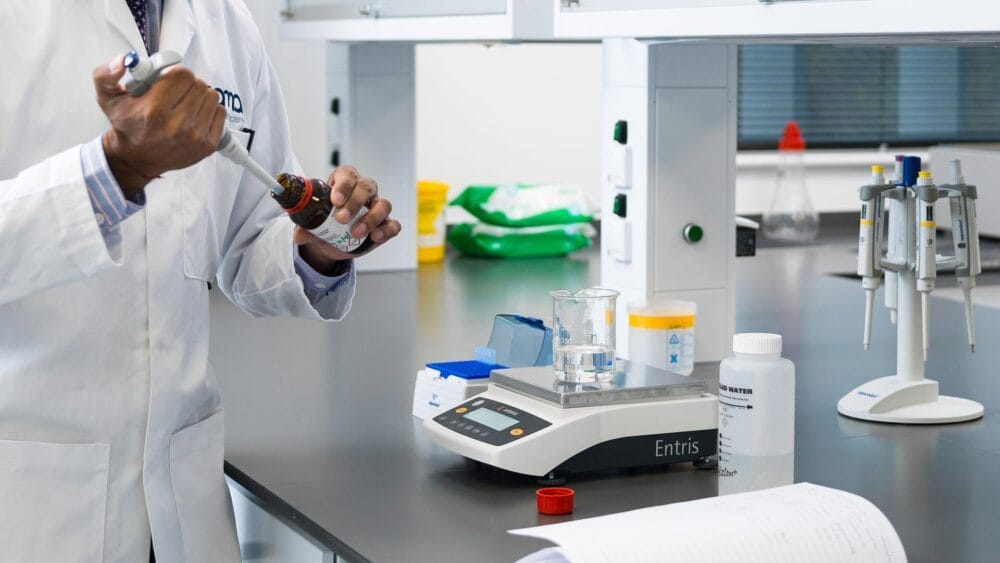Posted
13th September 2021
Research
In this week’s article, we discuss the importance of good hand hygiene within dentistry, what an alcohol-based hand rub is and what features to look for when selecting one.
Why good hand hygiene within dentistry is crucial
When we think of dentistry, immediately we think of our teeth or the dreadful feeling we get as we hear dental drills screeching through the walls; but we often forget about the trained hands that make dentistry possible.
Hand hygiene within dentistry is crucial; working inside people’s mouths gives microorganisms a direct route into the body, increasing the risk of infections. Yet, in recent years and especially during the COVID-19 pandemic, many products have helped improve hand hygiene standards, one of which is alcohol-based hand rubs.

What is an alcohol-based hand rub?
Alcohol-based hand rubs (ABHRs) are commercial products available as liquid solutions, gels, and foams that kill microorganisms on our hands. The active ingredient in ABHRs may be ethanol, isopropanol or n-propanol in concentrations typically ranging from around 60 to 95% (v/v).
RELATED RESEARCH: World Hand Hygiene Day: The importance of effective hand hygiene

But what should we consider when selecting an ABHR?
Effectiveness
Not all ABHRs are equal. An ABHR solution containing 60-80% alcohol is considered most effective. While higher concentrations are less potent. [1] An effective ABHR should, as a minimum, meet EN 1500 (Hygienic Disinfection), a European Standard test method that evaluates the efficacy of an ABHR, by measuring the number of viable bacteria remaining on the fingertips after contamination and ABHR exposure.
Application
ABHRs come in a wide range of dispensers, individual bottles, disposable plastic bottles, wall-mounted systems, or cartridge systems, so you must find a system that works best for you. Not only is the application system essential, but the volume of the ABHR dispensed plays a critical role. The amount of ABHR dispensed should cover all surfaces of your hands to achieve effective hand hygiene.
Refilling
Not every ABHR is compatible with a dispenser’s pump. If the product is too thick, it might clog up the pump or be too runny; it constantly drips out of the dispenser, which could increase the risk of injury to yourself and those around you. Refilling a dispenser with the wrong ABHR can dispense too little or too much product, reducing its effectiveness.
VIEW: Clinell’s Touch-free Hand Disinfection Dispensers.

Efficiency
The volume of ABHR required for the highest efficacy is likely to vary for different formulations. Ideally, the optimal volume of ABHR should be sufficient to keep the hands wet for 20-30 seconds to ensure you remove the microorganisms. However, the manufacturer’s instructions should show the volume of ABHR required to provide adequate coverage of the hands.
Health & Safety
One of the most common barriers to good hand hygiene techniques is skin irritation. Selecting the right products can help prevent irritation and dryness. While not all ABHRs contain emollients, adding emollients to ABHRs can significantly decrease irritant contact dermatitis under frequent-use conditions.
Compatibility
ABHRs are only one step of the hand hygiene process. While they’re good for killing microorganisms that remain on your hands, good old-fashioned soap and water is still the gold standard for cleaning visible dirt. It’s important to know that not all soaps and moisturisers are compatible with ABHRs. So, before buying, ensure that the ABHR, soaps, and moisturising lotions you choose are chemically compatible with each other to minimise skin reactions.
Remember, ABHRs are a great way to protect everybody from the unnecessary risk of infections; just as oral care is important for you and your patients, hand hygiene is just as crucial!
To discover how GAMA Healthcare supports dental teams, take a look at our dental solutions page. Find out more information about our products by exploring our Hand Sanitising Liquid Range, Hand Sanitising Gel Range and Touch-free Hand Disinfection Range.
[1] World Health Organization. WHO Guidelines on Hand Hygiene in Healthcare: First Global Patient Safety Challenge Clean Care is Safer Care. Geneva: World Health Organization, 2009.
SHARE THIS ARTICLE
Tags
Latest News
Introducing HEXI HUB: A seamless transition in our product line
We’re pleased to announce an update to our product offering…
Innovative solutions for tackling Carbapenemase-producing Enterobacteriaceae (CPE) at King’s College Hospitals
King’s College Hospital NHS Foundation Trust, one of London’s largest…
Gloves Off: reducing unnecessary plastic waste during environmental cleaning and disinfection
In this blog, Dr Phil Norville discusses the momentum-gaining ‘Gloves…
Gloves Off: Navigating SDS sheets and skin safety claims in environmental decontamination products
In this blog, James Clarke (Head of R&D, Science &…




